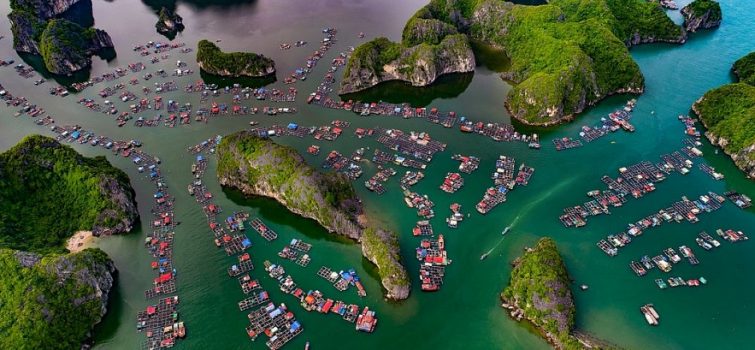Cat Ba Archipelago: Vietnam’s Hidden Gem in the Gulf of Tonkin now UNESCO World Heritage Listed Site
Cat Ba Archipelago: Vietnam’s Hidden Gem in the Gulf of Tonkin now UNESCO World Heritage Listed Site
An enchanting destination boasting pristine beaches, secluded lagoons, coves, tropical forests, and lakes invites you to explore the ideal spots for kayaking, biking, and secluded getaways.
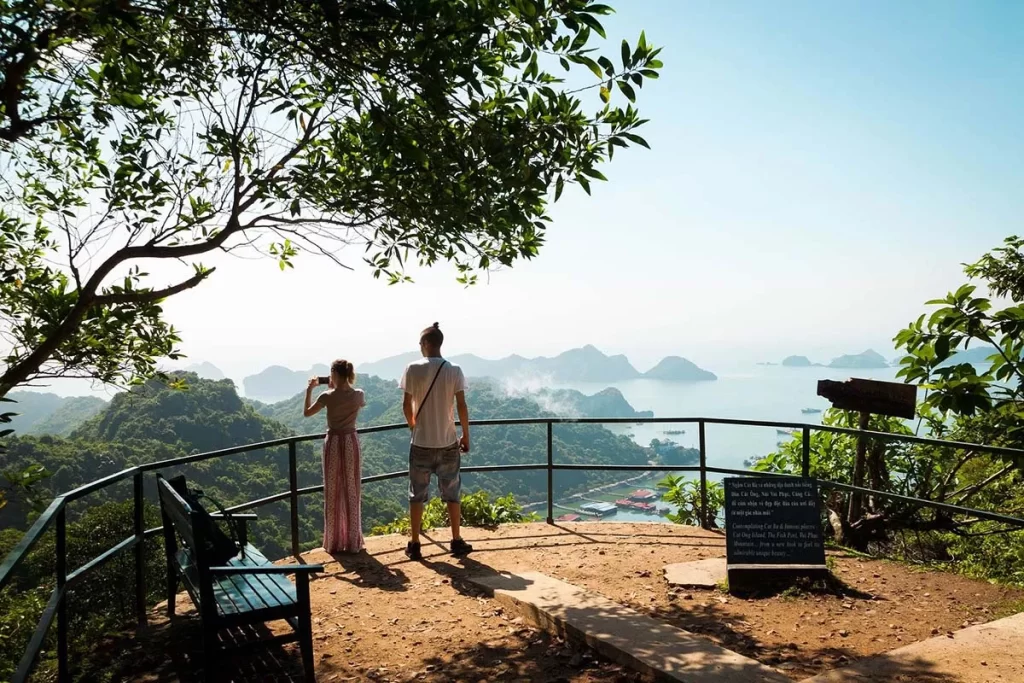
CANNON FORT
Depart from Cat Ba Town towards the well-marked entrance of Cannon Fort, just 15 minutes away. Enjoy a leisurely 20-minute stroll to the fort, where narrow passageways lead to underground tunnels and rooms once utilized for storage or as sleeping quarters.
The fort still showcases gun emplacements and massive guns, offering incredible views across the island and sea. One side reveals green-clad limestone karsts stretching into the distance, while the other side features colorful fishing boats, beaches, and the town itself.
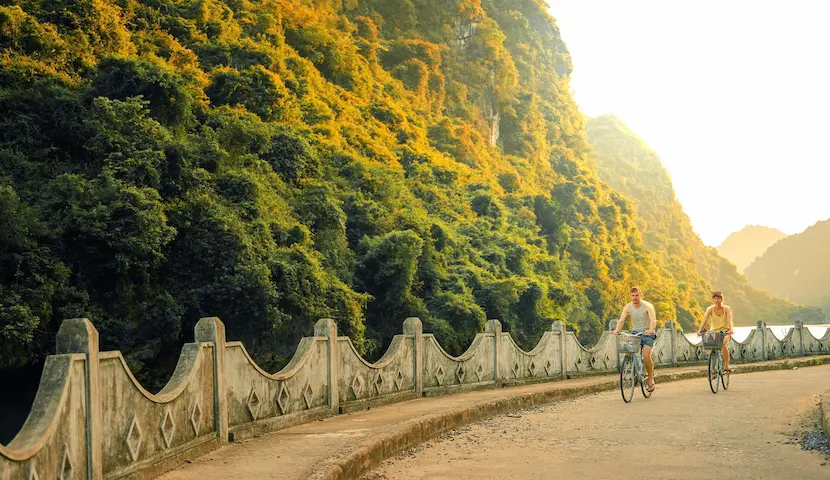
VIET HAI VILLAGE
No trip to Cat Ba is complete without a visit, or even an overnight stay, in Viet Hai village. Nestled in a valley with towering mountains as a backdrop, Viet Hai remains a peaceful enclave despite the island’s growing popularity.
Locals reside in thatched huts and primarily sustain themselves through fishing and farming, with only a handful catering to tourists. Access Viet Hai via a guided trek or cycle ride, passing by Ech (Frog) Lake, the island’s largest lake, or opt for a one-hour boat trip from Cat Ba Town followed by a 45-minute walk (or a short ride by electric car) to the village.
Verdant green paddies line the valley floor, where locals can be seen carrying water and produce on shoulder poles. Experience home-stays or stay in a modest bungalow resort, where the soothing chorus of frogs fills the night air with tranquility.
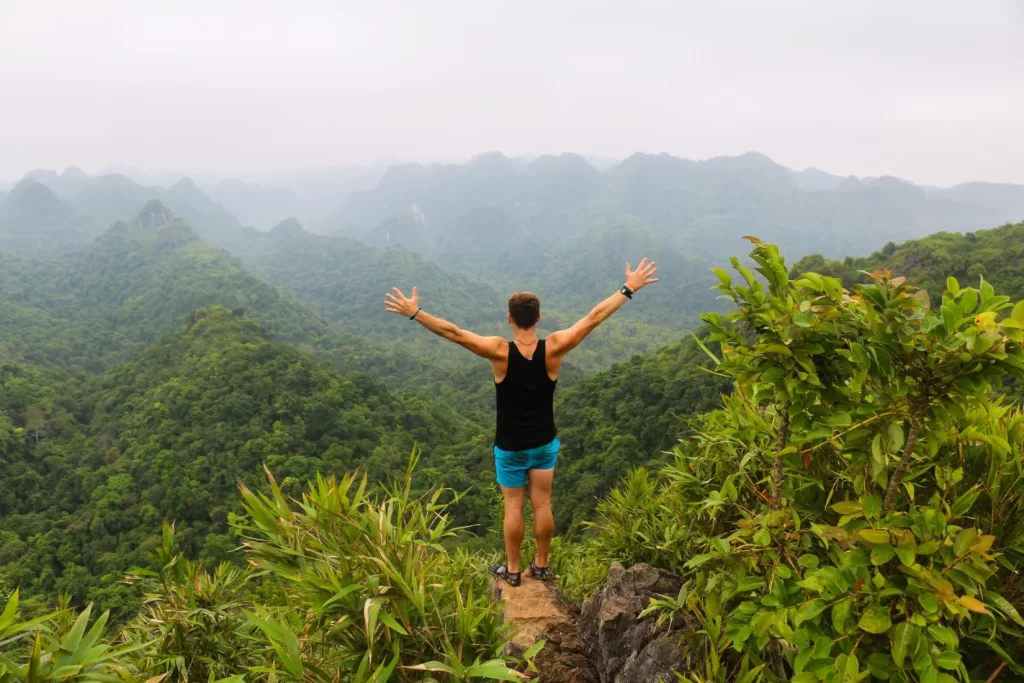
CAT BA NATIONAL PARK
Established in 1986, Cat Ba National Park sprawls across 9800 hectares of forest and 5400 hectares of marine habitat. Its distinctive limestone mountain range boasts an average height of 150 meters above sea level, with the highest peak, Cao Vong, reaching 322 meters.
Adjacent to the mountains lie white sand dunes, freshwater lakes, and mangrove forests. Enjoy pleasant weather year-round, with an average temperature of 23°C and a dry season from November to April. The park harbors Vietnam’s largest primeval tropical forest, housing hundreds of plant species, including various rare trees requiring protection.
Additionally, the park shelters endangered mammals such as the golden-headed langur, whose population has dwindled due to intense hunting. Cat Ba island lies along a major migration route for waterfowl, attracting around 70 bird species, including hawks, hornbills, and cuckoos.
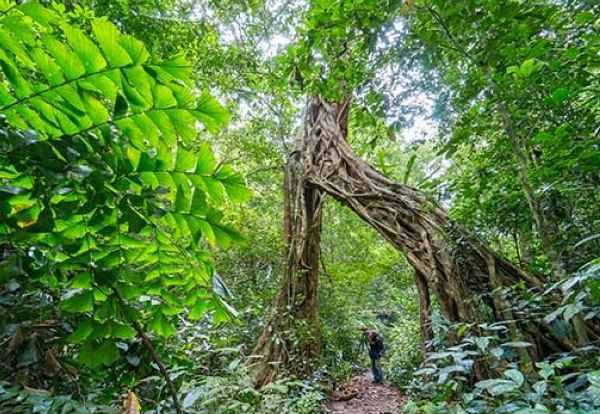
Flora
Tropical moist evergreen forest dominates the park, hosting over 745 flora species from 123 families, including approximately 300 medicinal plant species. Visitors marvel at the rich floral biodiversity, which includes endangered plants, ancient trees, moss, lichen, and creepers.
The park’s habitats, including fringe coral reefs, mangrove forests, and tropical limestone forests, are deemed regionally significant and face threats from encroachment.
Recognized as a World Biosphere Reserve in 2004, Cat Ba strives to protect these vital habitats.
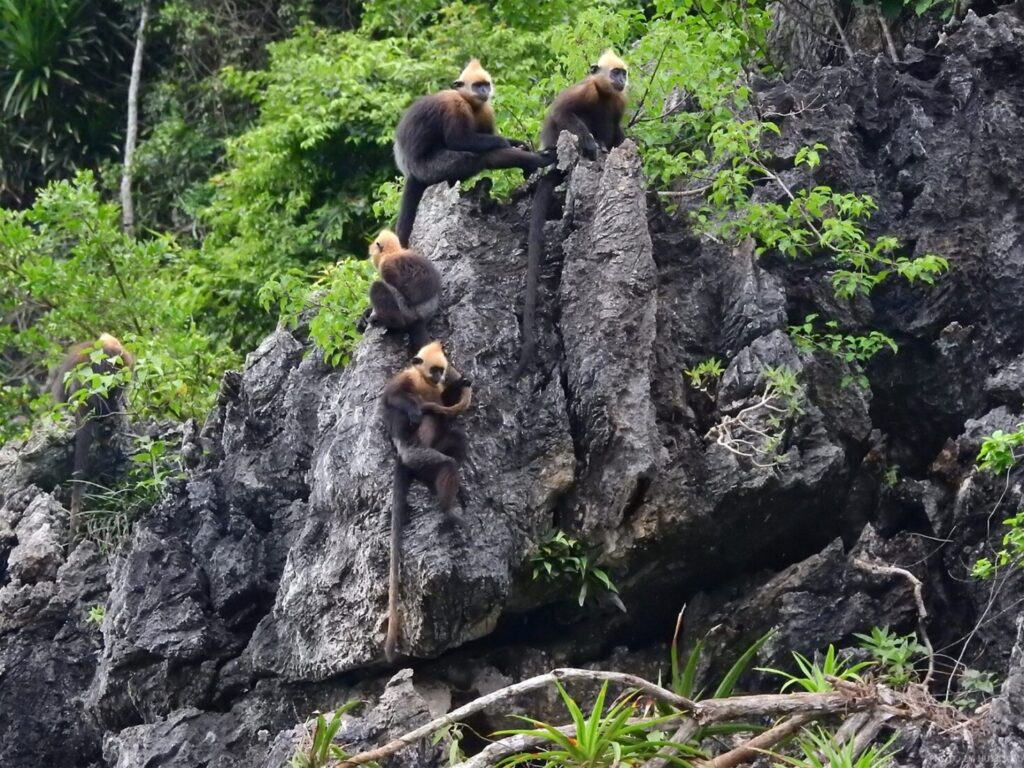
Fauna
Cat Ba National Park teems with wildlife, boasting over 20 reptile and amphibian species and 32 mammal species, including the golden-headed langur, a unique primate found solely on Cat Ba island. Living in small groups in remote areas of the island, the golden-headed langur symbolizes the park’s ecological importance.
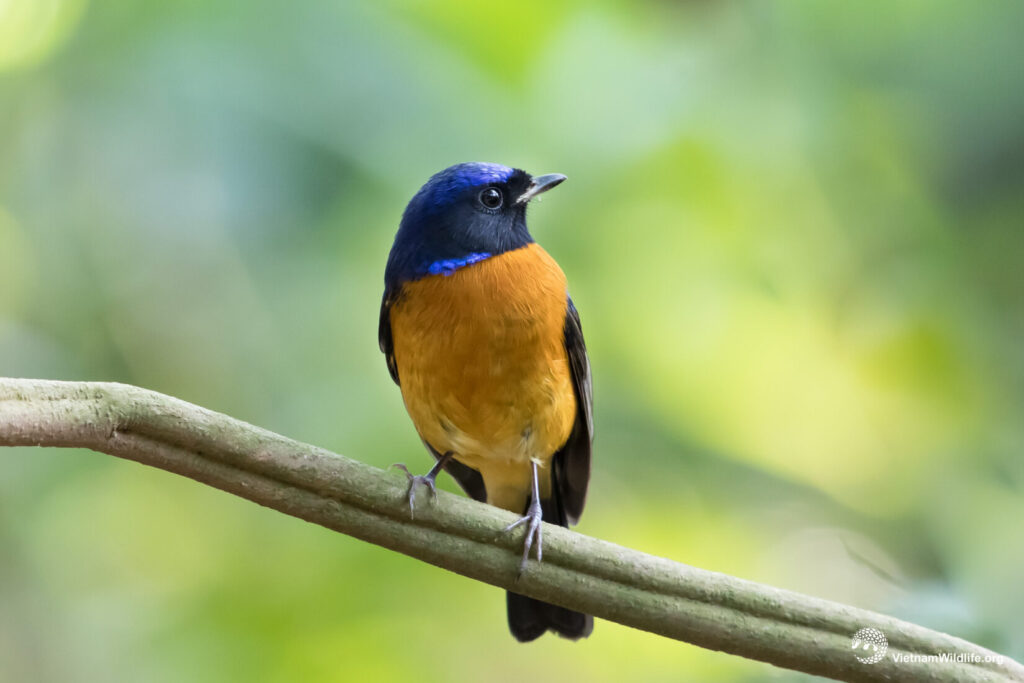
Birds
As a haven for diverse bird species, Cat Ba lies on a major migration route for waterfowl, attracting 70 different bird species. Visitors can easily spot kingfishers, sunbirds, and magpies, while deeper in the forest, the majestic great hornbill and pied hornbill can be observed in pairs or alone during the early morning or late evening.
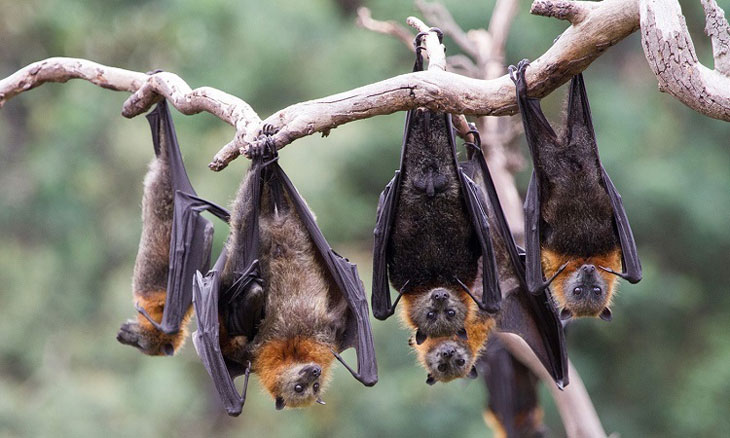
Bats
Various insect-eating bats inhabit the park’s caves, with Trung Trang Cave being the most accessible. Visitors are encouraged to maintain quietude to avoid disturbing the bats’ habitat.

About Lux Cruises Group
Since its inception in 2014, Lux Cruises Group has set a standard in luxury and innovative travel. With an impressive fleet under the Emperor Cruises and Heritage Cruises brands, it explores Vietnam’s most iconic bays and archipelagos. Inspired by the legacy of Bach Thai Buoi, the “King of Ships,” Heritage Cruises offers an intimate voyage through the Gulf of Tonkin, immersing travelers in the rich tapestry of Vietnam’s culture, history, and natural splendor.

